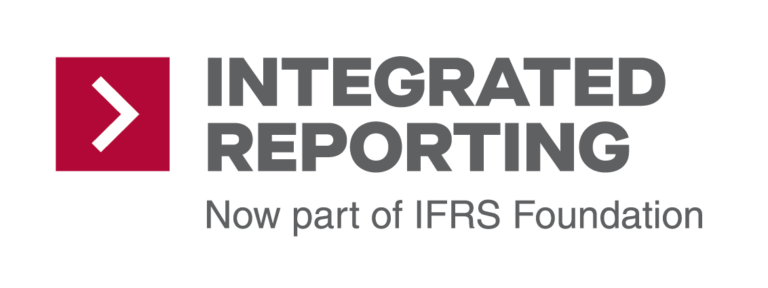DBS’s 2017 Annual Report provides an overview of how the bank creates value for its internal and external stakeholders. The business model identifies key resources which the business draws upon and explains how it uses these resources to execute its strategy on the next 2 page spread. DBS demonstrates its value proposition by outlining the…
Archives
-
Business model
AngloGold Ashanti’s business model provides a succinct overview of how the business pursues its core strategic focus of creating value. The business model demonstrates all elements as required by the <IR> Framework (Section 4C), including demonstrating the company’s efforts to monetize the outcomes of its business model. Furthermore, the business model also provides information on…
-
Business model
AngloGold Ashanti’s business model provides a succinct overview of how the business pursues its core strategic focus of creating value. The business model demonstrates all elements as required by the <IR> Framework (Section 4C), including demonstrating the company’s efforts to monetize the outcomes of its business model. Furthermore, the business model also provides information on…
-
Performance
Barclays Africa’s 2017 Integrated Report effectively demonstrates the connectivity principles in the performance section of its report. Each aspect of the "Performance Reviews" section summarizes "Key matters raised by stakeholders", then connects these interests and needs to the company's material matters which, in turn, are linked to value creation for the organization and for others….
-
Governance
In its 2017 Integrated Report, Cemex clearly and concisely illustrates the mechanisms through which integrity and ethical issues are addressed. In the Section on Governance, the main tools adopted by the organisation to nurture a culture of integrity both internally and externally, such as the code of conduct, training and communication on business ethics and…
-
Risks and opportunities
In order to describe its materiality analysis, Stafer Integrated Report 2016 uses both narratives, a table and a graph. In line with para 3.18 of the International <IR> Framework, the materiality determination process includes steps from the identification of the relevant matters to the determination of the information to disclose through evaluation and prioritization. As…
-
Risks and opportunities
In its 2016 Integrated Report Arguden Governance Academy concisely represents how it manages its risks and opportunities. In a table the specific risks (both external and internal) that can affect its ability to create value in the short, medium and long term, as well the time-frame of their occurrence and how they are managed is…
-
Risks and opportunities
In order to illustrate “the organization’s assessment of the likelihood that the risk or opportunity will come to fruition and the magnitude of its effect if it does” (International <IR> Framework, para. 4.25), in its Annual Report 2016 Fresnillo, through a table and through narratives, how it manages its risks. In particular, for each risk…
-
Risks and opportunities
As aligned with the view that “an integrated report identifies the key risks and opportunities that are specific to the organization” (International <IR> Framework, para. 4.24) and that the organisation should assess their likelihood, magnitude and impacts (International <IR> Framework, para. 4.25) , in the section on “Risks and opportunities, assurance and controls” of its…
-
Risks and opportunities
Hulamin’s 2016 Annual Report demonstrates connectivity in reporting by aligning threats (risks) and opportunities to classes of market trends. This shows congruence with 3.6 of the <IR> Framework which cites that integrated reports should shows a holistic picture of the interrelatedness between factors that affect value creation. After each class of market trends is discussed…
